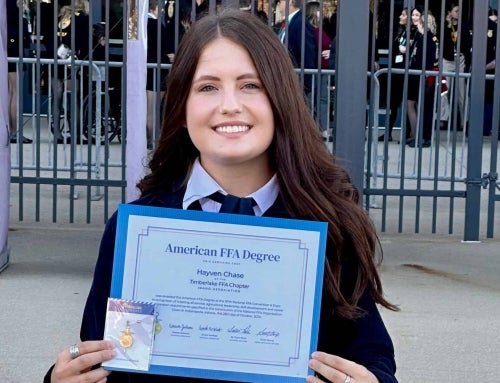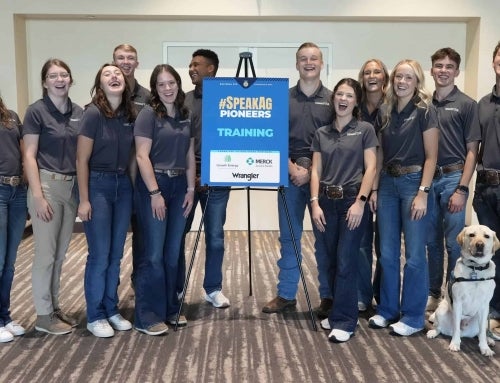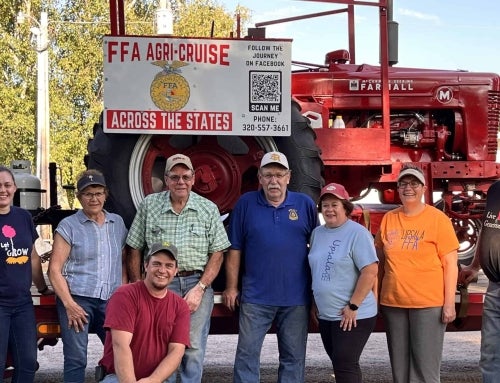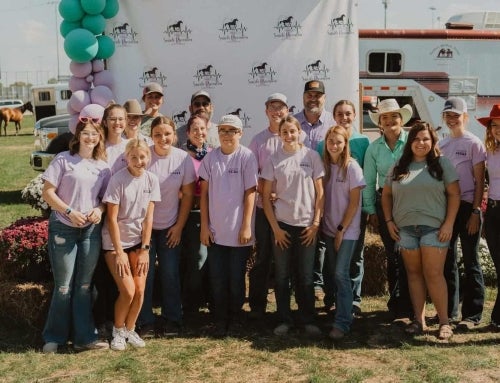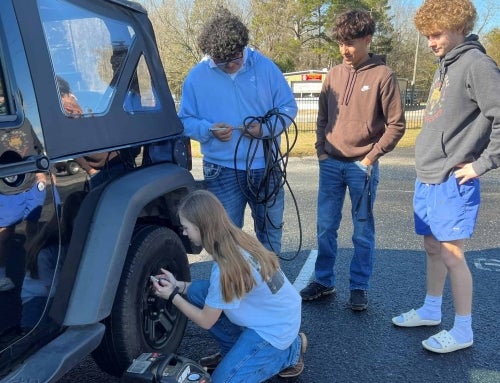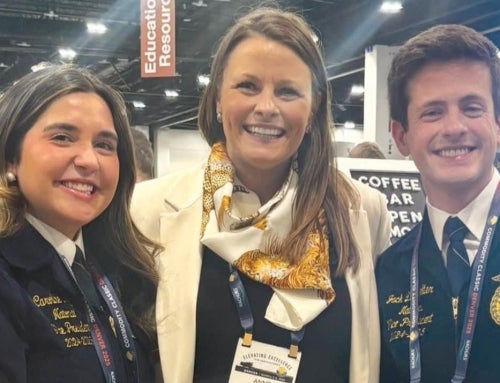In the 1940s, Rosie the Riveter became an American cultural icon, encouraging women to join the workforce in previously male-dominated careers. Working in munitions factories and shipyards, the power of women in the economy was apparent. More than 70 years later, there is a worker shortage in another previously male-dominated career. Now, America needs Whitney the Welder.
Although women make up a small percentage of the welding workforce, there is a high demand for skilled workers. The American Welding Society predicts a shortage of 400,000 workers by 2024, and women can be a key component in filling that gap and changing the face of the welding industry.
“I feel like there are many students who think their future careers have to be a sedentary job, and there isn’t a whole lot of diversity and action there,” says Sue Kuhl, campus president of Tulsa Welding School. “When you pursue a career in welding, you get to play with fire. You get to make a spark. You get to travel. And, you have a skill that cannot be outsourced.”
In fact, the American economy is seeing sharp growth in careers in the areas of science, technology, engineering and manufacturing. This results in increased demand for workers in these fields. Welding training programs, such as Tulsa Welding School, often host large manufacturing companies on campus to interview students and to offer employment for students immediately upon graduation.
“We have a young lady on campus who wasn’t really sure about her future in welding when she started her coursework,” Kuhl says. “Physically, she is very tiny and tends to be very girly, which is not your stereotypical welder. Currently, she is halfway through her program and loves it. She can provide for herself and her family after graduation. She just had to realize that all she needed to do was give it a shot.”
The National FFA Organization provides many opportunities for women – and men – interested in welding to “give it a shot,” as well. Many ag classes offer welding instruction, on FFA.org has extensive information and resources for learning more about future careers and training programs in the welding industry.
For example, the average annual salary for a full-time welder is a comfortable $42,267, according to data from AgCareers.com. FFA members can also gain hands-on experience by participating in the agricultural technology and mechanical systems career development event with a team. Members can also gain firsthand knowledge by seeking employment or an apprenticeship in welding, and participating in the agricultural mechanics repair and maintenance proficiency awards program.
To learn more about scholarships and career opportunities at Tulsa Welding School, visit weldingschool.com.
This article originally appeared in the Fall 2017 edition of FFA New Horizons.




